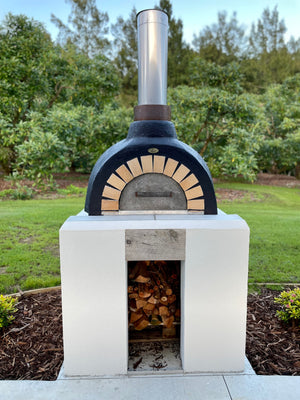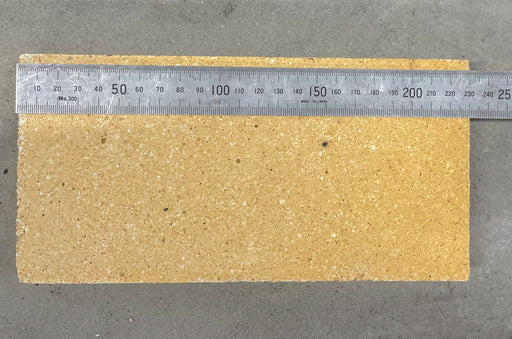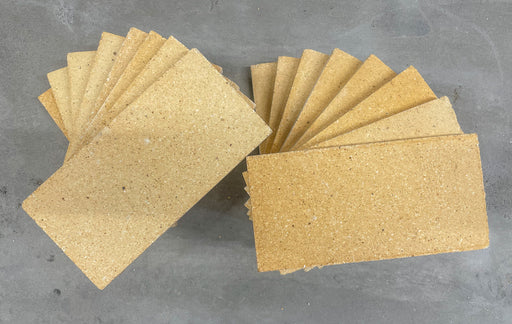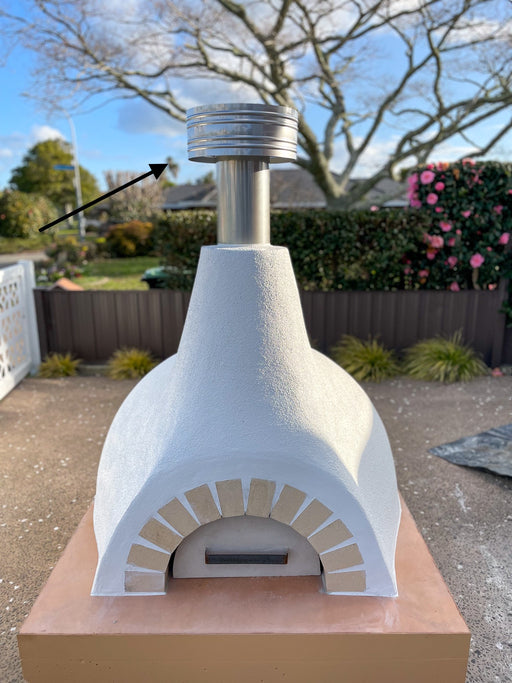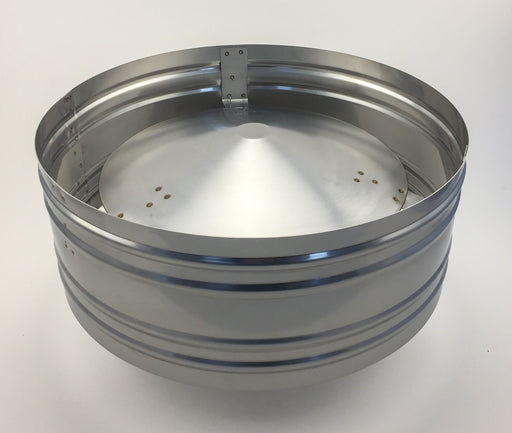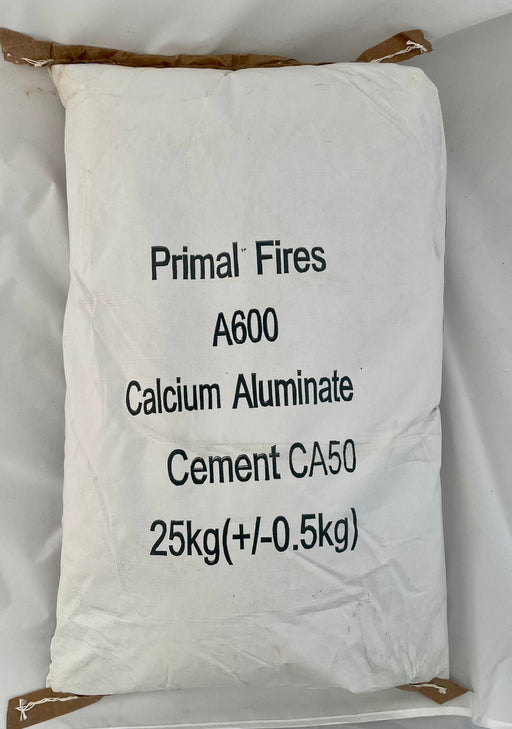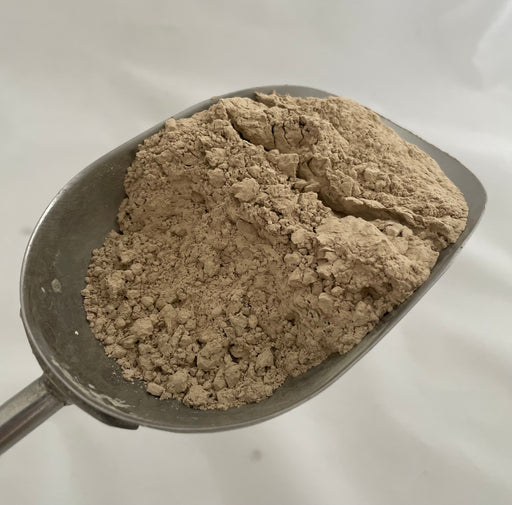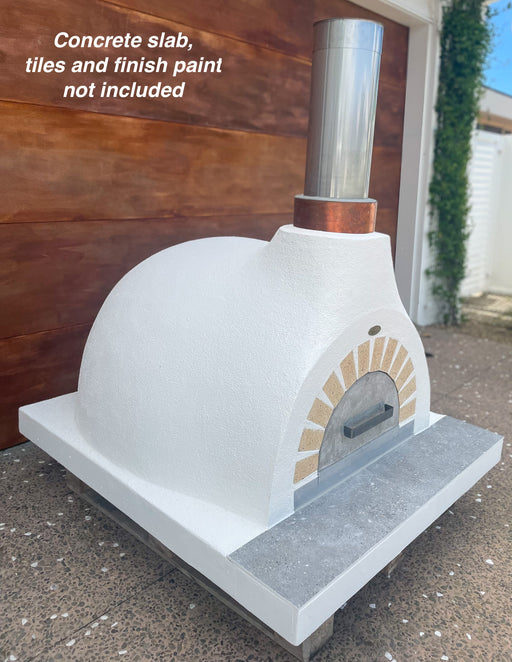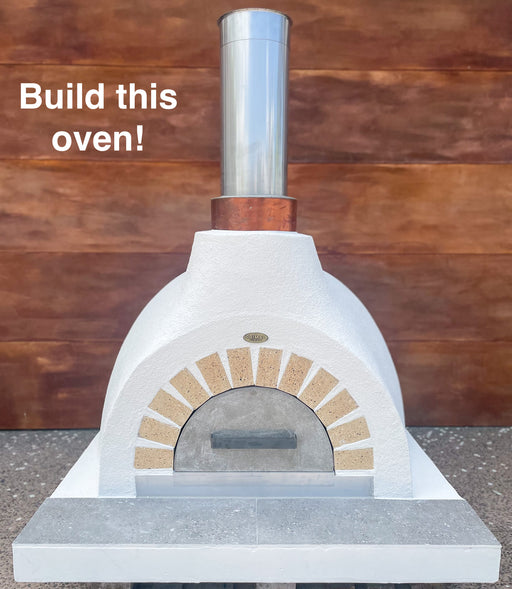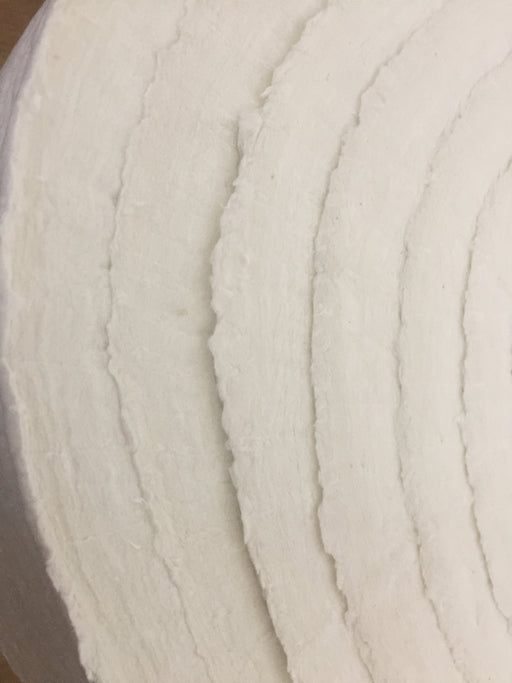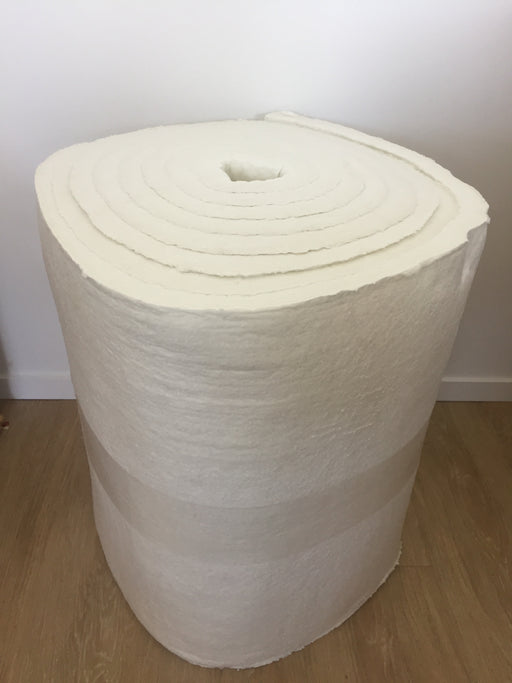Cracking is an undesirable but inevitable part of pizza ovens. You have just made this beautiful masonry structure that was absolutely perfect and then run a few fires through it and it has cracked! Don't panic, its normal and part of the process.
Most cracks are harmless and will not lead to structural failure. Small natural cracks in the exterior and interior of the oven will develop during initial drying and over time. This is completely normal and usually due to thermal dilation (or expansion) of the masonry materials or the oven getting damp then being fired.
Remember we are super heating a rigid concrete structure so something is going to give!
If the cracking is on the exterior of the oven it needs to be dealt with to ensure the oven remains water tight.
The main time to be worried is when smoke is coming through the external lining or cracks become too large. You can panic then :-)
Internal Dome Cracking
When we build an oven with one application of refractory mortar, we are creating a monolithic dome (i.e. a one piece dome). Inevitably a few hairline cracks will emerge due to either being dried insufficiently or due to temperature differential across the dome (ie the top will be a lot hotter than the lower sections). These are nothing to worry about and should just be considered part of the rustic charm.

Hydraulic cracking
This is the one to be careful of as it will cause large unsightly cracks that can, in extreme cases, cause explosive structural failure. It is the result of trapped water in the masonry being heated up to the point of turning to steam. There is an enormous pressure build up when this steam can't escape and hence cracks emerge in the masonry.
The unfortunate thing is that once these cracks emerge, and your oven is exposed to the elements, more water can enter the oven and the problem gets worse with each use.

External Hairline Heat cracks
These small hairline type cracks which are very common. They can occur just because masonry is solid and as it heats it expands slightly and cracks. There are so many variables that can contribute to the cracking so don't be too worried about them.
These cracks can normally be sorted by the addition of a flexible acrylic paint. Most exterior house paints a pretty flexible, but if you want to be really flash you can use elastomeric paint which is a highly elastic paint used to help waterproof plaster homes.

Plastic Cracking
This occurs when water evaporates too quickly from a newly laid cement mix (like mortar or concrete) and generally happens in the first few hours. Climatic conditions such as sun and wind exposure lead to this rapid heating and evaporation but it is exacerbated when too much water is added to a mix.

